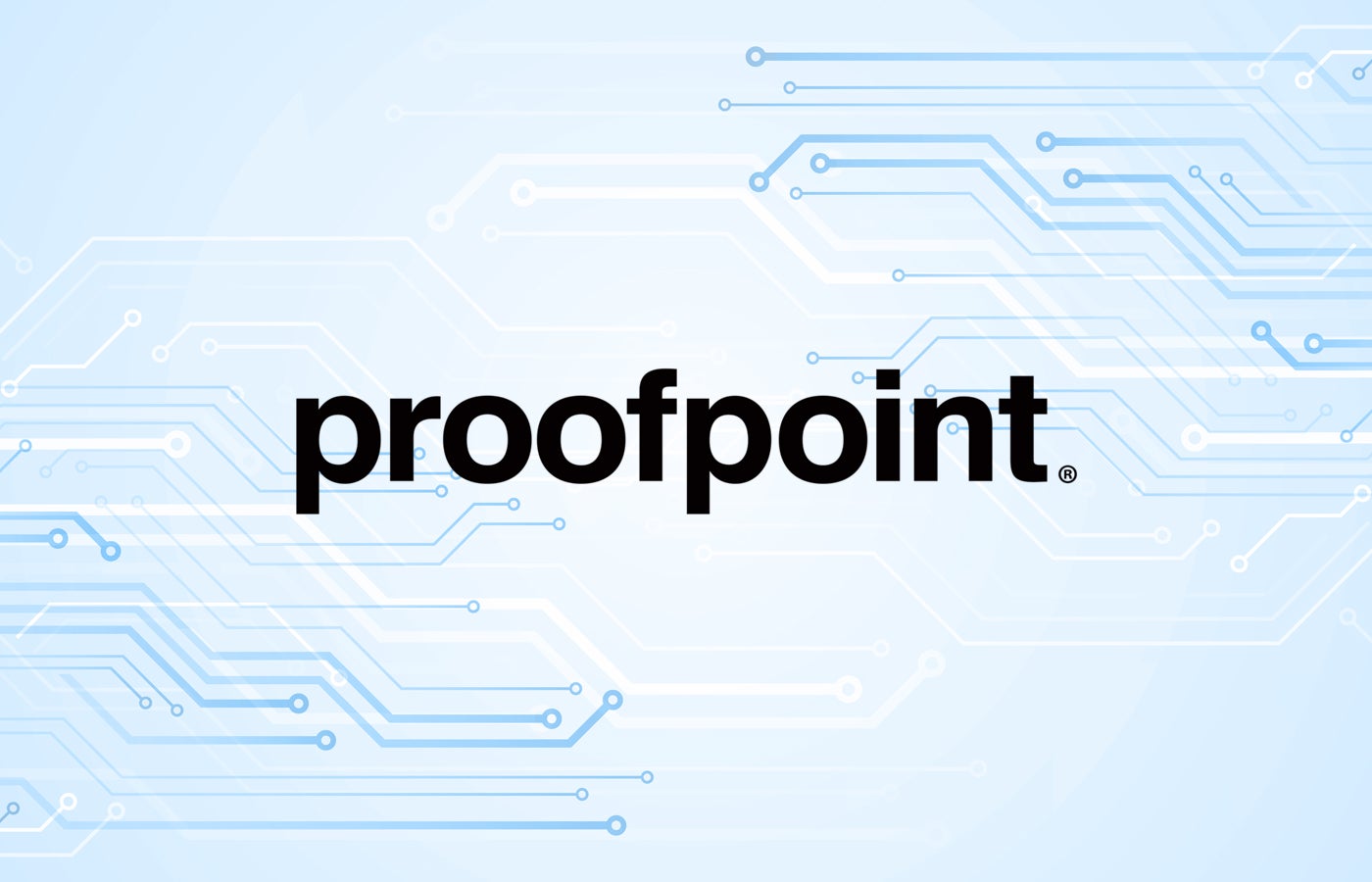As economic conditions improve, Forrester estimates that global technology spending will accelerate to $4.7 trillion this year. This increase in spending raises expectations that technology leaders will drive their companies' growth agenda. Unfortunately, IT strategies disconnected from business strategies often hinder the positive impact IT teams can have on business success. The key to maximizing the impact of your technology investments is to align technology and business strategies.
Four IT Styles That Set the Framework for High-Performance Strategies
A high-performance IT strategy provides technology leaders with a simple framework to shape investment budgets to continually improve business outcomes through technology. This framework is based on four IT styles that align with the dominant needs of a business initiative, a group, or the company itself. The four IT styles are:
- Qualification.
- Co-creating.
- Amplifying.
- Transforming.
Each IT style offers guidance to help you shape your investment budgets. The four styles also relate directly to business results:
- Enable business success with strong resiliency, stability, and security.
- Co-create products and services that open new markets.
- Amplify business performance with data analytics and automation.
- Transform ourselves with technology to seek new business models.
Three principles to build your high-performance IT strategy
A high-performance IT strategy helps technology leaders determine and deliver the right mix of IT capabilities needed to achieve business results. Build your high-performance IT strategy based on three execution principles: strong alignment, deep trust, and high adaptability.
Strong alignment
The more you understand IT and are aligned with specific business teams and initiatives, the easier it will be to deliver what the business needs at that moment. That means aligning within IT, aligning with business teams, and aligning both with the needs of end customers.
Executives at companies with high levels of alignment across functions such as marketing, customer experience, and digital report 2.4 times the revenue growth and twice the growth in profitability than those with some or no alignment. And those same high-performing companies are 1.6 times more likely to have highly business-aligned IT organizations, according to Forrester data.
Deep trust
Building trust through security, privacy, and resilience is a core principle of high-performance IT; and builds trust in the CIO and IT throughout the company. Trust is important because it generates revenue and customer loyalty.
For example, customers who trust their bank are likely to use additional products and services three times more often than those who don't trust their bank, according to Forrester. Your employees are more likely to be productive and effective, and your partners are more likely to facilitate faster routes to market. In the public sector, citizens are more likely to support the policies and expert advice of an agency they trust.
High adaptability
Business change is based on technology, and both must be highly in tune with the changing needs of customers and the market. Adaptability allows companies to quickly move technology, capital, and people to respond to market changes. Adaptability builds resilience and drives innovation.
According to our data, respondents from the most adaptable organizations reported, on average, twice as much year-over-year growth as other respondents. High-performance IT supports the distinctive behaviors of an adaptive organization, such as the use of predictive analytics and flexible technologies, tuned to the specific needs of the organization.
How to get started with your high performance strategy
Understanding these execution principles will help you identify where you are already strong and where you need to make changes to your IT organization or operating model to deliver what is needed. With this understanding framed through the lens of IT styles, you'll have the foundation in place.
To organize your thinking and get started, ask yourself three questions:
- Are your teams aligned and prepared to know what your company's dominant need is for this year or initiative? The dominant business need dictates the core IT style your business needs to be successful. That means bringing together IT and business teams, skills and relationships. This link gives you the platform to articulate business objectives and the IT resources needed to achieve them.
- Have you evaluated your current capabilities to see how they align with the IT style your company needs? Informed by the dominant enterprise demand for technology, you are ready to take stock of your current technological capabilities. You will identify where you excel and where you have gaps. Framing your capabilities into the four high-performance IT styles will reveal where you are strong and where you need to relocate or expand investments.
- How do you activate your high-performance IT strategy to deliver what your business needs? Now the hard work begins. With this understanding, you are ready to delve into the details of your high-performance IT organization: capability and change maps; investment and communication strategies; and a high-performance operating model, with its skills, technologies and practices.
With a more detailed understanding of your organization's needs, current capabilities, gaps, and readiness, you will be able to prioritize your technology spending, know where you can move back, and determine the best way to deliver the IT capabilities your business needs to succeed.
This article was written by Ted Schadler, vice president and principal analyst at Forrester. As a member of Forrester's technology executive research team, Ted's research and coaching experience focuses on helping leaders maximize partner value, high-performance IT, and the CIO's role in growth, commerce and the impact of generative AI on IT and business. Co-author of the books “The Mobile Mind Shift: Engineer Your Business to Win in the Mobile Moment” (Groundswell Press) and “Empowered: Unleash Your Employees, Energize Your Customers, and Transform Your Business” (Harvard Business Review Press), Ted has a master's degree in management from the MIT Sloan School of Management, a master's degree in computer science from the University of Maryland, and a bachelor's degree with honors in physics from Swarthmore College.












